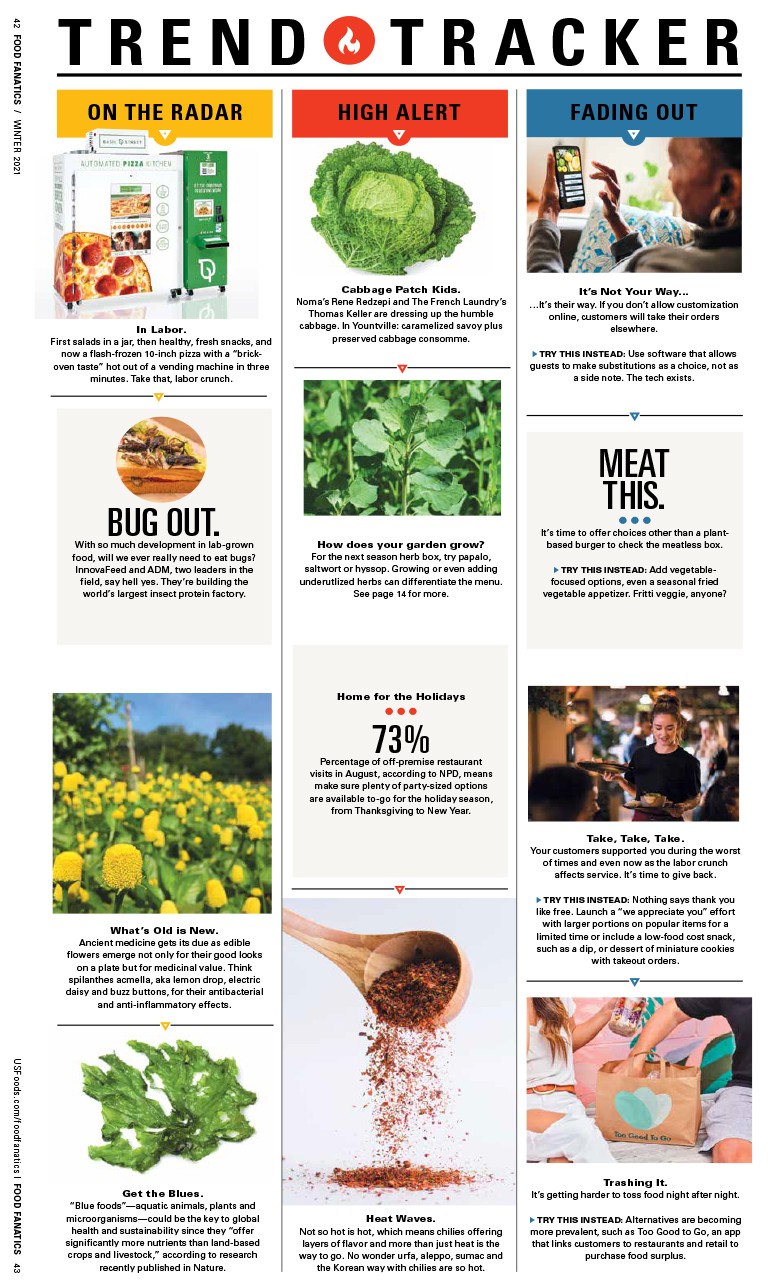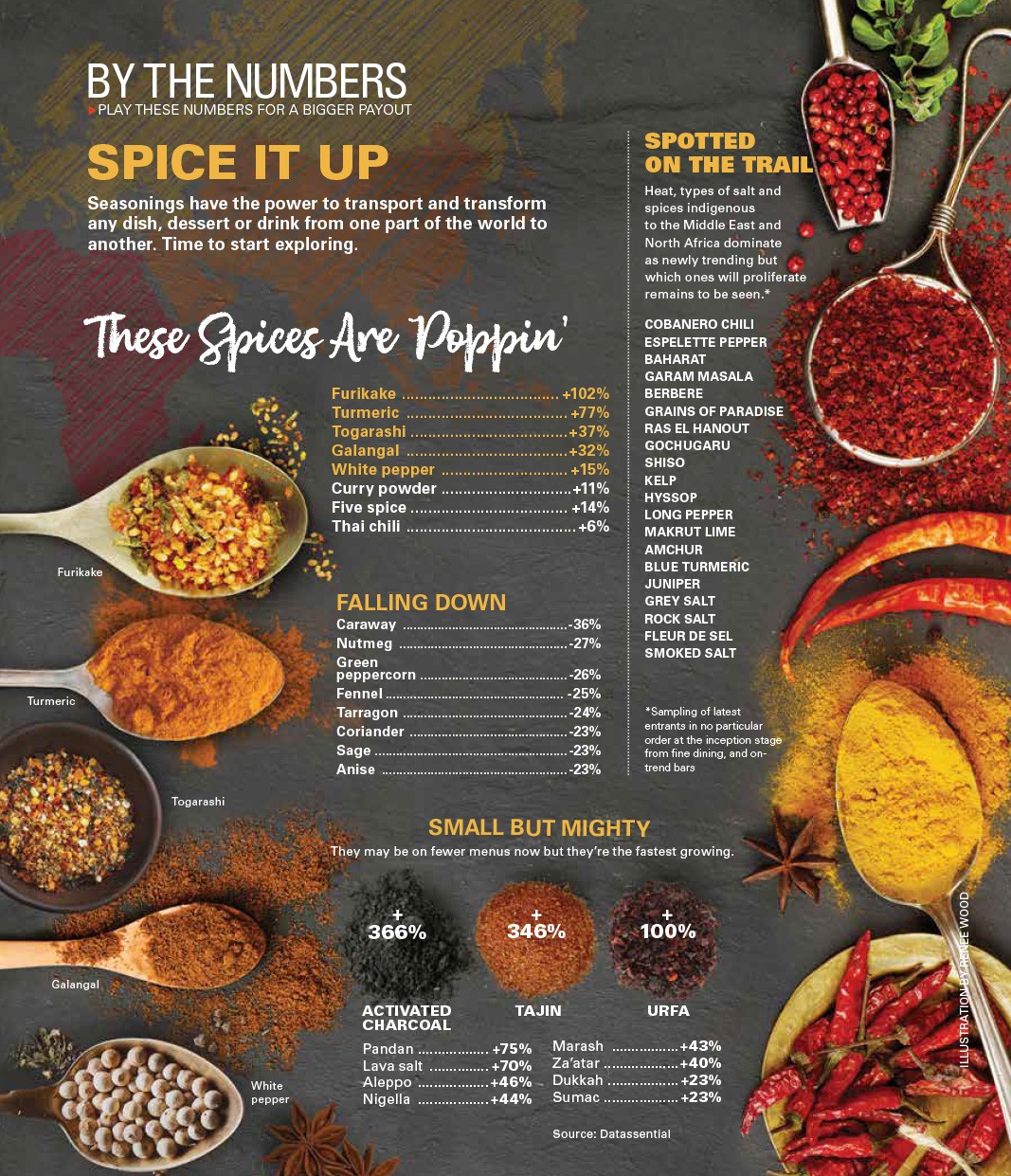BETTER BY THE BATCH
Reap the benefits of premixed cocktails
 With a summer expected to blow out booze sales like no other, batching cocktails and spirits could be a way to expedite with speed and precision to ensure the most profitable tabs.
With a summer expected to blow out booze sales like no other, batching cocktails and spirits could be a way to expedite with speed and precision to ensure the most profitable tabs.
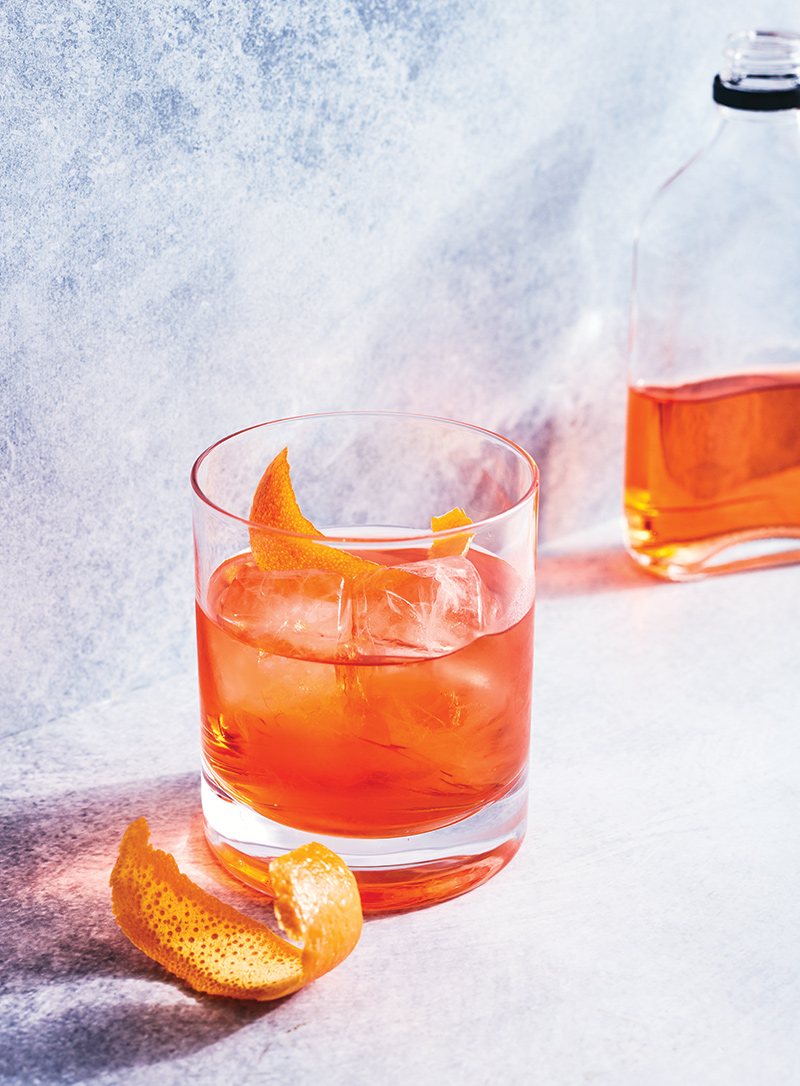
“It’s just such a win-win solution,” says Alex Larrea, food and beverage director for Ponyboy and The Tower Theatre in Oklahoma City. “You think about that in terms of labor, guest experience, wait times, and if you do it right, you don’t end up wasting anything.” Larrea isn’t alone.
“Traditional craft cocktails can be a struggle to get out quickly, but batching simplifies our lives during a rush,” says Ryan Goodman, bar manager for Rococo Bar and Grill in Oklahoma City. “On-tap cocktails completely batched can be a lifesaver on a busy shift without harming quality.”
NEW BATCH OF INFORMATION
Larrea, who serves on national and local boards for the United States Bartenders Guild, is responsible for service at Ponyboy and the adjacent Tower Theatre, a concert venue and cinema. That requires a blend of large-format services with an intimate daily craft cocktail program.
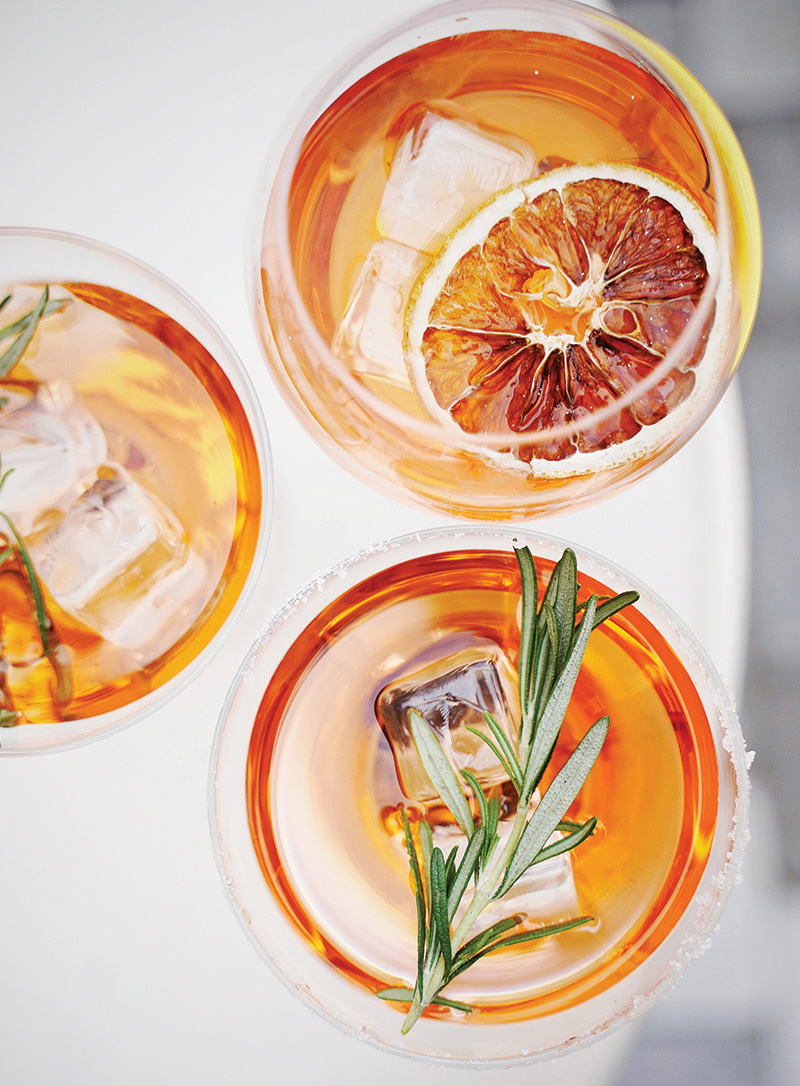
Batching concepts allow Larrea and bar manager Josiah Reeder to approach both with the same philosophy.
“Batching has evolved from the days of shaking strawberry vodka, lemon juice and sugar in a bucket to get 8 bucks a shot from college kids,” Larrea says. He and Goodman agree bar programs need a better understanding of how batch-and-bottle, batch-and-keg and spirit-blending can help.
“Combining spirits for a cocktail saves bottle touches, reduces complexity for the bartender, saves space and improves speed,” Goodman says.” Essentially, any shelf-stable spirit can be combined with another shelf-stable spirit.”
It may not sound like a lot, but blended shelf-stable spirits eliminate a few seconds off every craft cocktail, Larrea says. “If you’re serving cocktails with three to four components and two of them are shelf-stable spirits, then go ahead and combine them. Those seconds you saved will show up in your bottom line.”
At Goodman’s neighborhood setting, the practice is entrenched. “We do this on every drink we can at Rococo, and I have no concern about quality decreasing,” Goodman says.
SOLVE THE CITRUS ISSUE
Complications arise when fresh ingredients arrive, citrus in particular. “Doing batched cocktails with citrus is, in general, not a good idea,” Goodman says. “The alcohol denatures the citrus, causing rapid decomposition.”
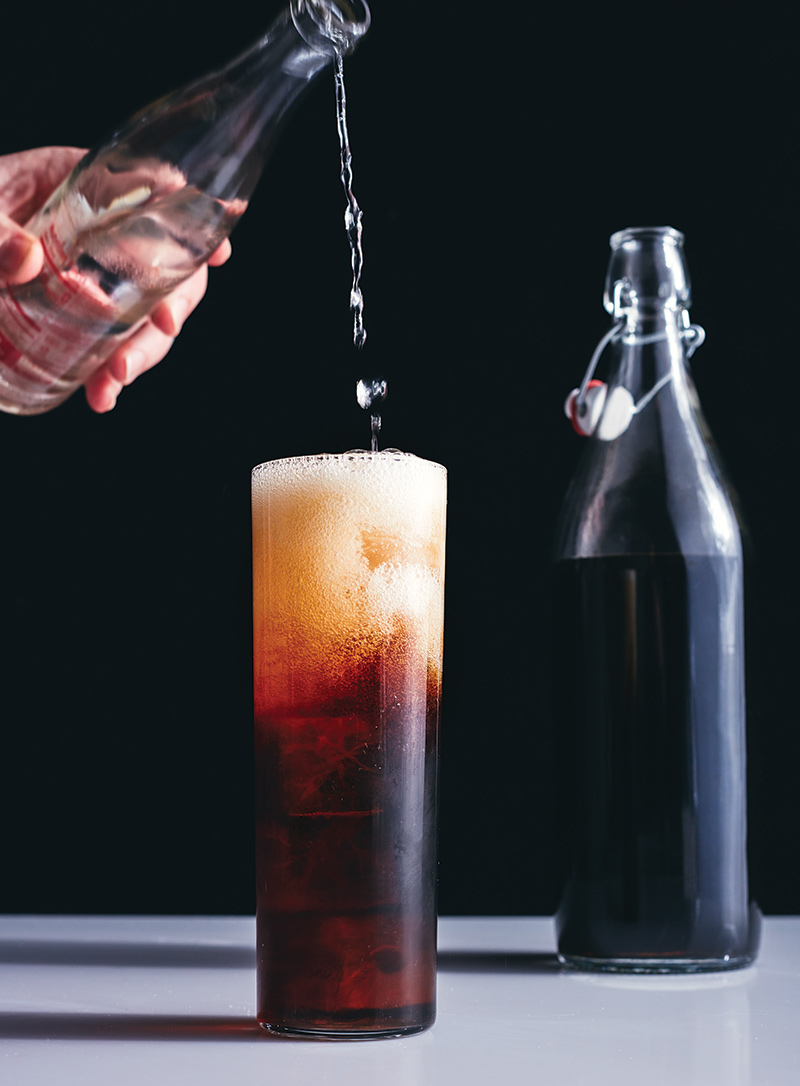
Goodman uses powdered acid lime substitute for his kegged Rococo Water, a play on classic Branch Water. “Organics in kegs and keg lines can decompose in pretty disgusting ways, and quickly degrade.” The rule, however, has exceptions.
“If you’re doing a cocktail same-day, go ahead and add your citrus,” Larrea says. “If it’s overnight, do a spirit-bottle blend for keg cocktails.” Goodman recommends brushing up on citric acids for more details.
It’s a matter of cost, thanks to unpasteurized juice’s short shelf-life. “The last thing you want to do is to pull someone from the kitchen to produce three days’ worth of juice that’s only going to be good for a few hours,” Larrea says.
Recipes from this article:
PARTY TIME
Larrea spent a year working for Vault Ice, which included setting up bars at galas and events.
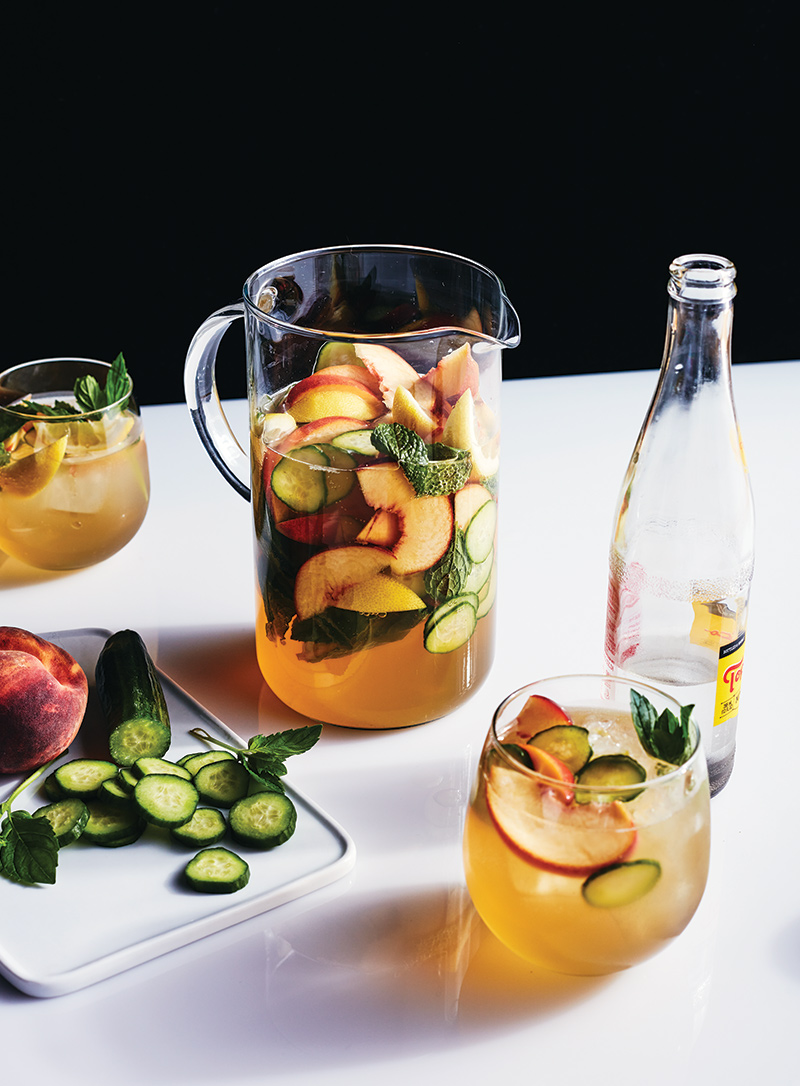
“I did the batches for Willie Nelson’s Luck Reunion (Luck, Texas), and I remember being in a U-Haul with like 300 18-gallon painter’s buckets full of cocktails,” he says. “Jigger-pouring is a lot less important in those instances.”
Usually a cost control, Larrea says when the product is already purchased, “just as a batching concept, you stop using the jigger, and you just free pour and smile and get those great photos with the guests because the mix is already there.”
Larrea warns batching cocktails for large events doesn’t allow one-to-one scale-up.
“It’s a little more like building a stock in a stock pot,” he says. “For those, I always like to start with a sweetener base, work in the spirit and finish with any citrus juice in the recipe.”
Stirred, boozy builds sans citrus work a little better one-to-one. “You even need to curtail the spirit a little bit because it can stick through a little too strong,” Larrea says.
Better Batching – 10-Second Synopsis
- » Cuts prep time
- » Any shelf-stable spirit can be combined with another shelf-stable spirit
- » Helps with consistency
- » Avoid citrus unless using a substitute or planning on serving the same day
- » Watches waste; cost like single-serve cocktails
- » Easily capitalizes on fresh, seasonal fruit
KEEP COSTING SIMPLE
Bookkeeping software and a simple approach is all that’s needed for batching. “I cost batches literally the same way I cost my single-serve cocktails. Because yes, I can do it faster, but those savings don’t necessarily get passed off to the guests. It’s for their benefit that they’ve been batched, but I’m taking the risk of maybe I’m not going to be able to sell off that last six or seven of them.”
Larrea does scale one-to-one for costing his batched cocktails.
“It’s just really simple math working up individual costs. It doesn’t really change from what you’re trying to earn off at individual cocktails, and that’s why avoiding waste is so important,” he says.
More is Better:
Additional Tips for Batching Cocktails
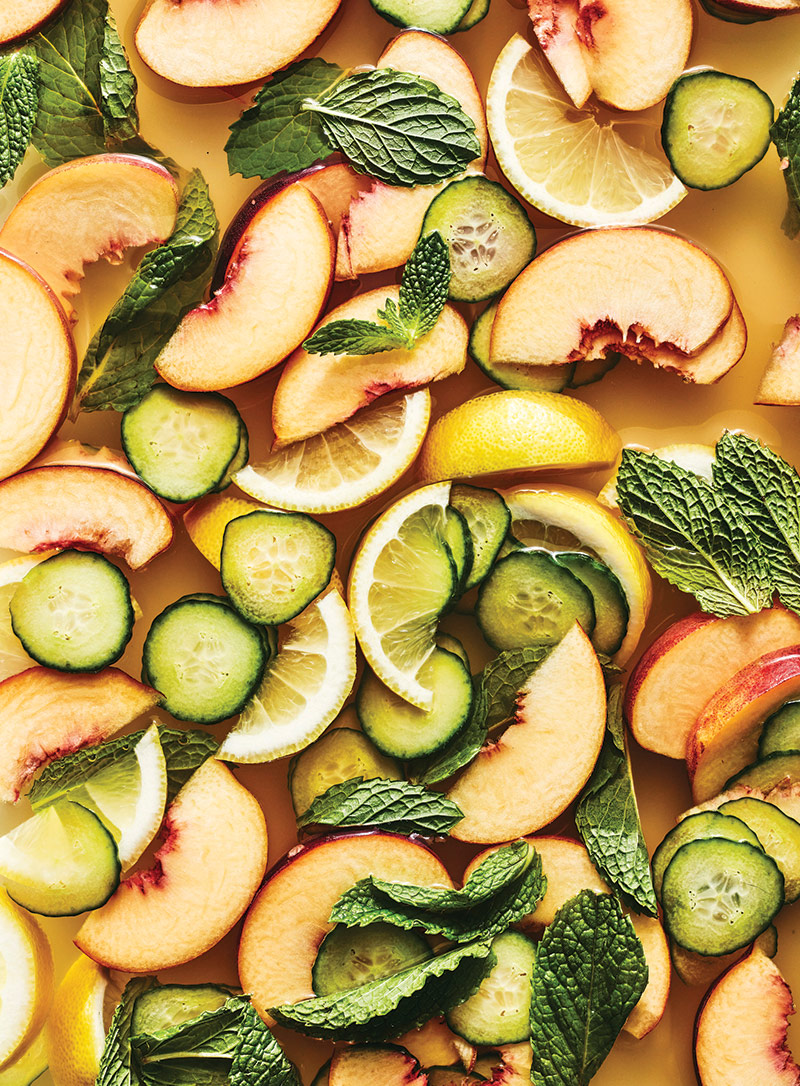
With no crystal ball and COVID-19 ready to rear its ugly head at any time with variant strains, it pays to have “just in case” measures ready, such as starting or continuing bottled cocktails to-go.
Be sure to either label the bottle or mention a drink-by date on the menu. If the cocktail calls for citrus, offer it on the side with instructions. Because citrus degrades batched cocktails, Josiah Reeder, bar manager at Ponyboy and The Tower Theatre, replaces citrus juice with garnishes and oil from fresh fruits.
To make the most of batched cocktails to-go and for on-premise, consider making one that speaks of the vibe, concept and food of the restaurant. It all helps with marketing on your website and social platforms.


